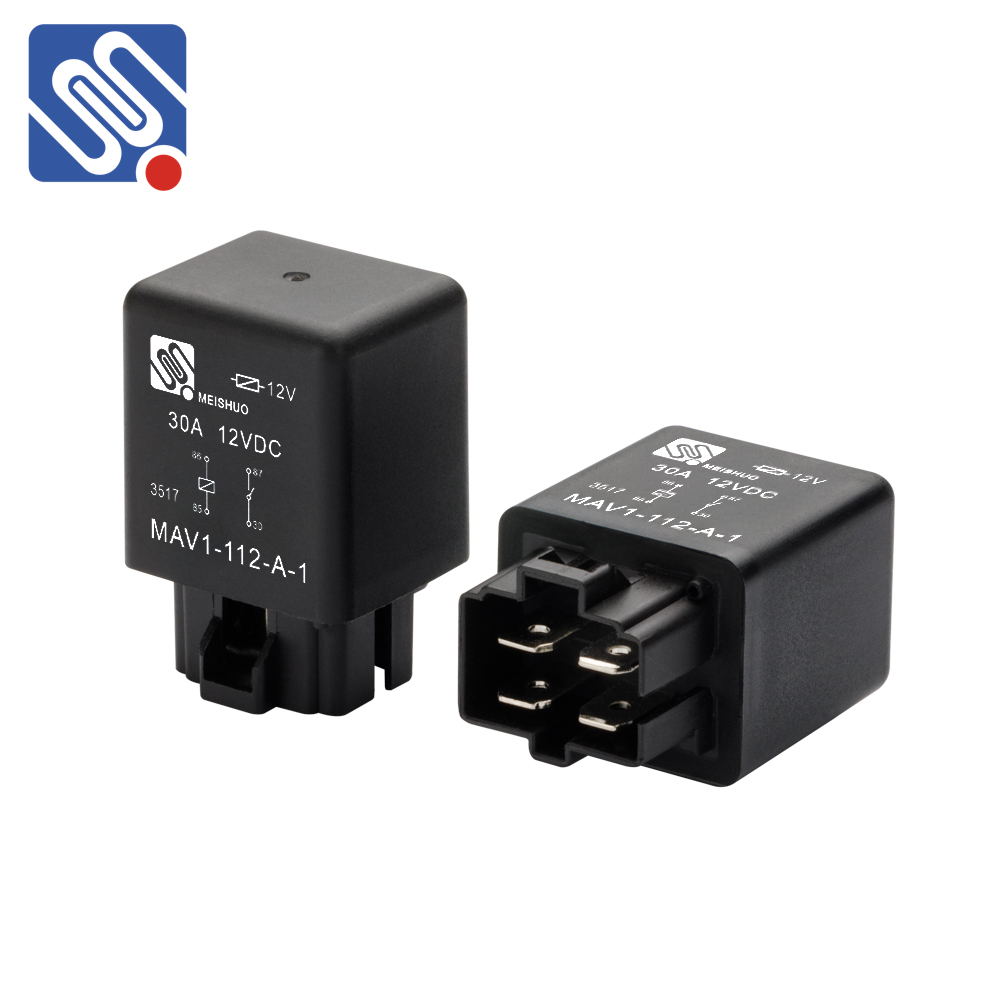relay specifications comparison: key factors to consider when choosing the right relay
Release time:2025-10-22 20:31:00
Relays are essential components in electrical circuits, enabling the control of high-power devices with a low-power signal. They are used in a wide range of applications, from industrial automation systems to household appliances. Given the variety of relay types and specifications available on the market, choosing the right relay for a specific application can be a daunting task. This article aims to provide a comprehensive comparison of key relay specifications to help engineers and technicians make informed decisions.

1. Voltage and Current Ratings
One of the most important specifications to consider when selecting a relay is its voltage and current ratings. The relay must be capable of handling the voltage and current of the circuit it will control. The rated voltage refers to the maximum voltage that can be applied to the relay's contacts without damaging it. Relays are available in both AC and DC voltage types, and choosing the correct type is crucial for compatibility with the power source.
Similarly, the rated current indicates the maximum current that can pass through the relay's contacts. Exceeding the rated current can cause the relay to overheat, leading to failure. Therefore, it is vital to ensure that the relay’s rated current matches or exceeds the current requirements of the load it will control.

